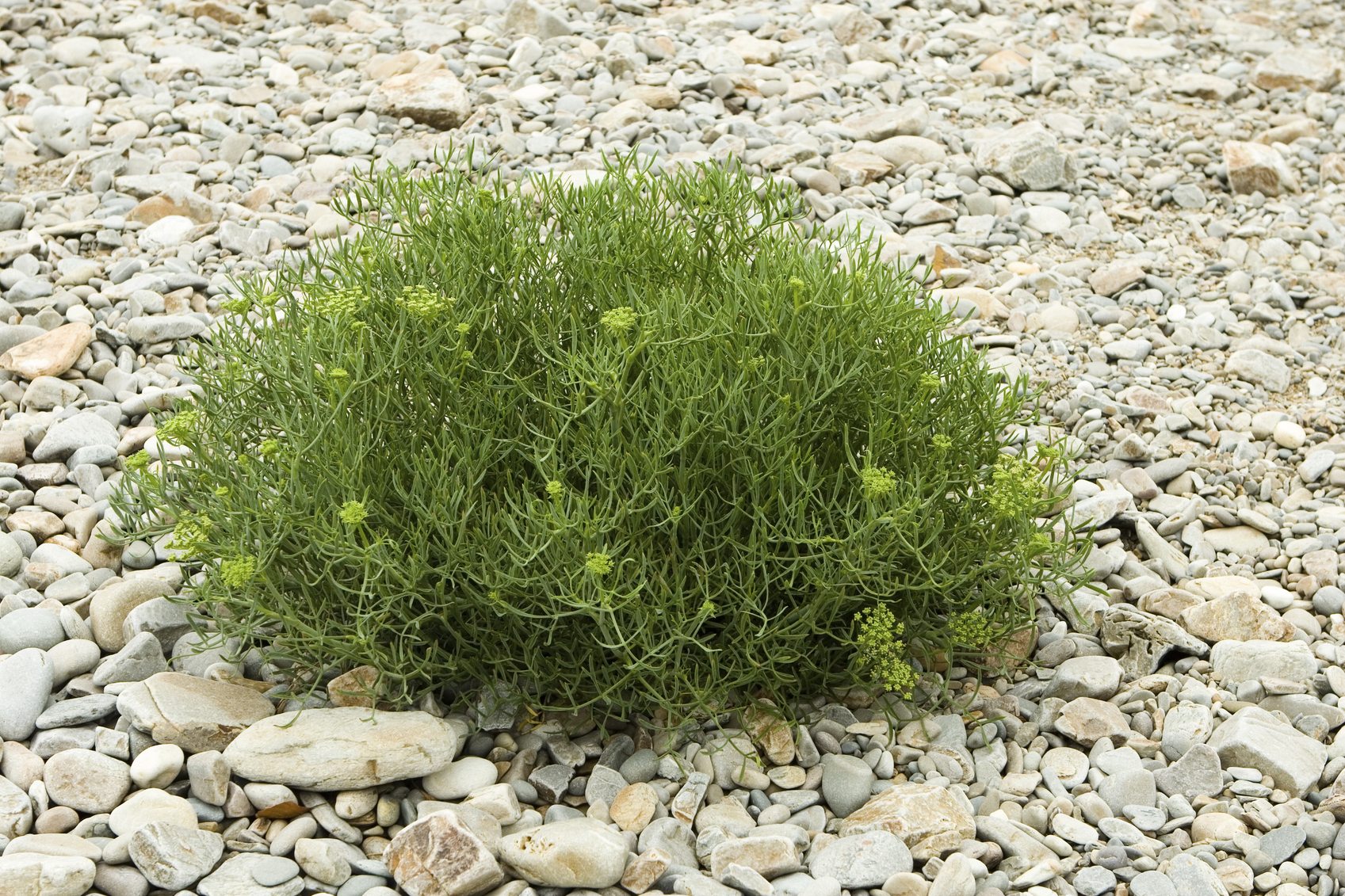What Is Sea Fennel: Tips On Growing Sea Fennel In The Garden


Sea fennel (Crithmum maritimum) is one of those classic plants that used to be popular but somehow fell out of favor. Just like a lot of those plants, it’s starting to make comeback – especially in high-end restaurants. So, what is sea fennel? Keep reading to learn more about how to grow sea fennel and sea fennel uses.
Sea Fennel Uses
At its roots, sea fennel was a favorite food foraged on the coasts of the Black Sea, the North Sea, and the Mediterranean. Also known as Samphire or Rock Samphire, it has a rich, salty taste and has a place in a lot of traditional European cooking. Growing sea fennel opens up a lot of culinary opportunities. Sea fennel uses in cooking range from pickling to steaming to blanching. It is necessary to cook it briefly before eating, but a light blanching is all it takes to make an excellent side dish. Due to their natural saltiness, sea fennel plants pair especially well with shellfish. They also freeze well-- just lightly blanch them and freeze them overnight laid out in a single layer on a baking sheet. The next morning, seal them in a bag and return it to the freezer.
How to Grow Sea Fennel
Growing sea fennel in the garden is very easy. Although it’s used to salty coastal soil, it will do well in any well-draining soil and has actually been cultivated in gardens in England for centuries. Sow your sea fennel seeds indoors a few weeks before the average last frost. Transplant the seedlings outside after all chance of frost has passed. Sea fennel plants can tolerate some shade, but they’ll perform best in full sun. It’s a good idea to dig a large hole and fill the bottom of it with gravel to make drainage easier. Allow the soil to dry out between waterings. Harvest young leaves and stems throughout spring and summer by handpicking or cutting with scissors – similar to the harvesting of most common herb plants.
Gardening tips, videos, info and more delivered right to your inbox!
Sign up for the Gardening Know How newsletter today and receive a free copy of our e-book "How to Grow Delicious Tomatoes".

The only child of a horticulturist and an English teacher, Liz Baessler was destined to become a gardening editor. She has been with Gardening Know how since 2015, and a Senior Editor since 2020. She holds a BA in English from Brandeis University and an MA in English from the University of Geneva, Switzerland. After years of gardening in containers and community garden plots, she finally has a backyard of her own, which she is systematically filling with vegetables and flowers.
-
 Moody Blooms For Spring: 8 Types Of Black Flowers To Add Drama To Spring Displays
Moody Blooms For Spring: 8 Types Of Black Flowers To Add Drama To Spring DisplaysFrom midnight burgundies to inky violets, several types of black flowers can enrich and embolden a spring display. Try these brooding bloomers for a moody garden
By Tonya Barnett
-
 Can Snake Plants Live Outside? Everything You Need To Know For Snake Plants Al Fresco
Can Snake Plants Live Outside? Everything You Need To Know For Snake Plants Al FrescoSnake plants can live outside given the right conditions, but be careful that they don't take over! Learn the best way to use snake plants in your landscape.
By Mary Ellen Ellis